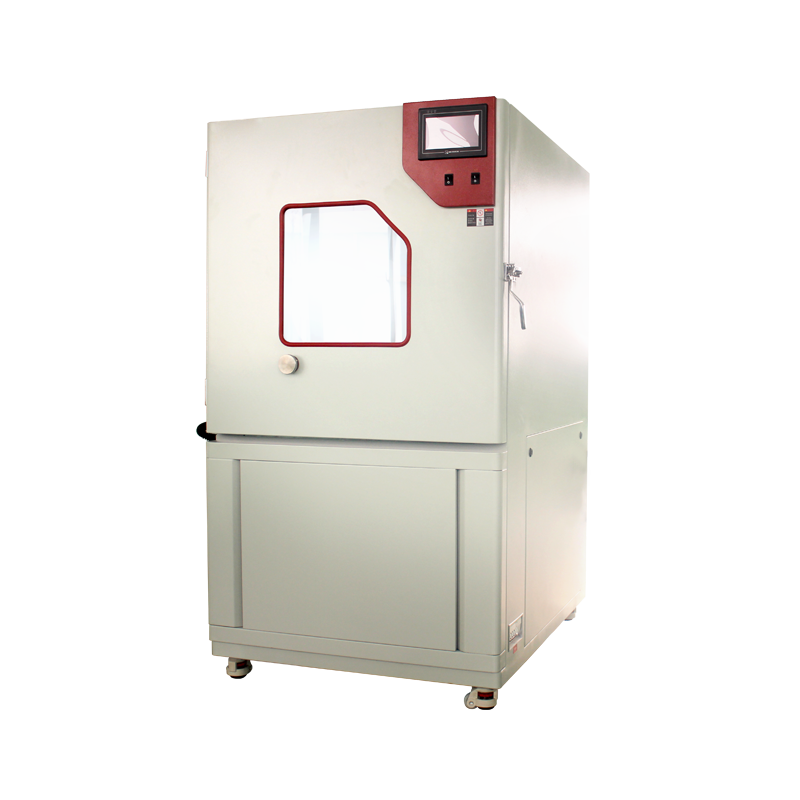A sand and dust test chamber is an experimental device used to simulate sand and dust environments, widely applied in product testing for industries such as electronics, electrical appliances, and machinery. To ensure the test chamber consistently performs at its best, here are some maintenance and usage recommendations.
1. Regular Inspection and Maintenance
Regular Cleaning: The interior and exterior of the test chamber should be cleaned regularly, especially areas prone to sand and dust accumulation. Use appropriate cleaning agents and tools to avoid damaging the equipment.
Check Sealing: Regularly inspect the sealing strips of the test chamber to ensure they are not worn or aged. If issues are found, replace them promptly to prevent external dust from entering.
Maintain Fans and Filters: Fans and filters are critical for maintaining a stable test environment. They should be inspected and cleaned regularly to ensure unobstructed airflow and prevent performance degradation due to blockages.
Calibrate the Equipment: Periodically calibrate the sand and dust test chamber to ensure the accuracy of parameters such as temperature and humidity. This can be done through professional testing agencies.

2. Proper Usage
Follow Operating Procedures: Strictly adhere to the manufacturer's operating manual to avoid equipment damage or performance decline caused by improper use.
Select Appropriate Test Parameters: Set the test chamber's parameters, such as sand and dust concentration, temperature, and humidity, according to testing requirements to ensure accuracy and reliability.
Avoid Overloading: During testing, ensure the samples in the chamber do not exceed the specified load to prevent affecting the equipment's normal operation.
Monitor the Testing Process: Regularly monitor the test chamber's operating status during testing to identify and resolve issues promptly.
3. Environmental Control
Maintain Suitable Ambient Temperature: The sand and dust test chamber should be placed in a well-ventilated environment with a suitable temperature, avoiding extreme heat, humidity, or cold that could impact performance.
Avoid Direct Sunlight: The test chamber should not be placed in direct sunlight to prevent excessive internal temperatures or material aging.
Prevent Vibration and Impact: The test chamber should be placed on a stable surface to avoid vibrations and impacts, which could affect test results and equipment lifespan.
4. Spare Parts and Accessories Management
Stock Spare Parts: Regularly inspect the equipment's wear-prone parts and maintain an appropriate stock of spare parts for quick replacement when needed.
Use Genuine Parts: When replacing parts, opt for genuine manufacturer parts to ensure compatibility and performance.
5. Employee Training
Regular Training: Provide periodic training for operators to ensure they understand the equipment's operating procedures, maintenance methods, and troubleshooting techniques.
Encourage Feedback: Encourage operators to provide feedback on equipment usage to promptly identify and address any issues.
By conducting regular inspections and maintenance, using the equipment properly, controlling environmental conditions, managing spare parts and accessories, and training employees, the sand and dust test chamber can be kept performing at its best. Only in this way can the equipment operate stably and reliably in various testing environments, thereby improving the accuracy of tests and the quality of products.













